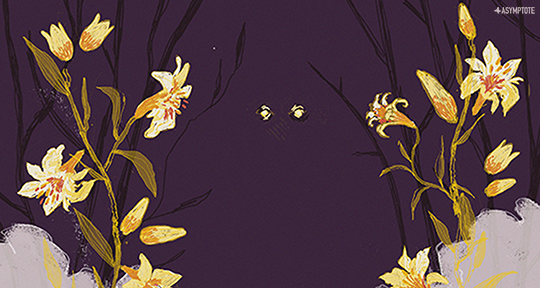In the final essay of this series taking an in-depth look at select pieces of our Spring 2023 Animal Feature, Charlie Ng discusses Marcelo Cohen’s unsettling satire, “Ruby and the Dancing Lake”, and its depiction of a world in which animals are truly free from human possession—or so it seems. By acknowledging our reality, in which “natural” alignments between wildness and domesticity no longer fit easily on a moral axis, Cohen’s story probes at the role of love in our relationships with animals, as well as the uncertain ideal of their freedom.
Can we love animals without knowing their real needs?
In Animal Liberation, Peter Singer compares the “tyranny of human over nonhuman animals” to that of racial dominance, stating that the plights of animals caused by human superiority is a moral issue no less significant than the injustice of racial discrimination. Animal vulnerability is one of the primary subjects that underlie bioethics, compelling us to respect nonhuman animals as individual beings who have an embodied existence, susceptible to suffering equal to that of human beings. While this suffering cannot be ended overnight, can literature take on the active role of imagining a world where animals live free from captivity and exploitation?
With its exploration of imagined possibilities and alternative realities, speculative fiction can be a meaningful genre that challenges readers to think more thoroughly about animal welfare and to re-examine ways of bettering human-animal relationships. “Ruby and the Dancing Lake” by Argentine novelist Marcelo Cohen, presented in Asymptote’s Spring 2023 issue, is one such example. With its strangeness and playfulness, the short story can be read as a thought experiment of animal liberation, taking place in a parallel universe where any ownership of animals is banned. However, in this realm, both animal cruelty and labour have only become more clandestine, while compassionate humans are left bereft, longing for the happiness brought by animals and their companionship. With its satirical representation, the story is not only critical of animal exploitation, but also recognises the inhumanity of attempting to sever all human-animal bonds, which may not entirely foster any deep awareness for cherishing animal lives. READ MORE…



